For wedding videography businesses that rely on outsourcing post-production, having a seamless workflow between videographers and editors is essential. Clear communication, structured file management, and a streamlined editing process help ensure high-quality results and fast turnaround times. Here’s how to create an efficient workflow that enhances collaboration and consistency.
1. Establish Clear Communication:
Effective communication between videographers and editors is the foundation of a smooth workflow. To avoid confusion and ensure that the final product aligns with the client’s vision:
Use a project brief that outlines key details, including the couple’s preferences, special requests, and overall editing style.
Create a shot list with important moments that must be included.
Hold pre-wedding meetings to discuss expectations and deliverables.
2. Standardize File Organization:
Proper file management helps editors work efficiently without wasting time searching for footage. Standardize how files are named, categorized, and transferred:
Use consistent naming conventions (e.g., “CoupleName_Date_Scene01.mov”).
Organize folders by categories like Ceremony, Reception, First Dance, etc.
Include a metadata document listing frame rates, resolution, and special shooting techniques.
Compress files efficiently before sending via Google Drive, Dropbox, or WeTransfer.
3. Use Proxy Files for Faster Editing:
Wedding footage is often recorded in high resolution (4K or higher), making file sizes large and editing cumbersome. To speed up the workflow:
Generate proxy files (lower-resolution versions of the footage) for smoother editing.
Share proxy files first for initial edits, then swap them with full-resolution files before final delivery.
4. Maintain a Consistent Editing Style:
Since multiple videographers and editors may work on different projects, maintaining a cohesive style is important:
Create an editing style guide with color grading presets, transition preferences, and font choices.
Use LUTs (Look-Up Tables) to apply consistent color grading.
Standardize audio processing for background music, speeches, and sound effects.
Provide sample videos for reference.
5. Implement a Review and Feedback Process:
To avoid excessive revisions and ensure client satisfaction:
Set up an initial rough cut review before finalizing the video.
Clearly define revision limits to manage time effectively.
6. Automate Repetitive Tasks:
Automation can help streamline post-production and reduce workload:
Use templates for intro/outro sequences, captions, and lower-thirds.
Create macros and presets for audio balancing, color correction, and stabilization.
Integrate AI-assisted tools for quick editing suggestions and organization.
7. Ensure Fast and Secure File Transfers:
Timely delivery of footage from videographers to editors is crucial:
Use fast file-sharing platforms like Dropbox, Google Drive, or dedicated FTP servers.
Compress large files without losing quality.
Keep backups to prevent data loss.
8. Set Clear Deadlines and Expectations:
Deadlines must be realistic and well-structured to ensure a smooth process:
Set milestone deadlines (e.g., rough cut, final edit, client review).
Communicate turnaround times upfront.
Account for buffer time in case of revisions or unexpected delays.
We Would Love to Hear from You!
We value your feedback and ideas. Reply to this email with your thoughts, questions, or topics you’d like us to cover in future newsletters. Stay connected with us on our social media channels for more insights and updates.
Thank you for being a part of the cultrcut community. We look forward to helping you on your journey to content creation excellence!
Warm regards,
Team cultrcut


